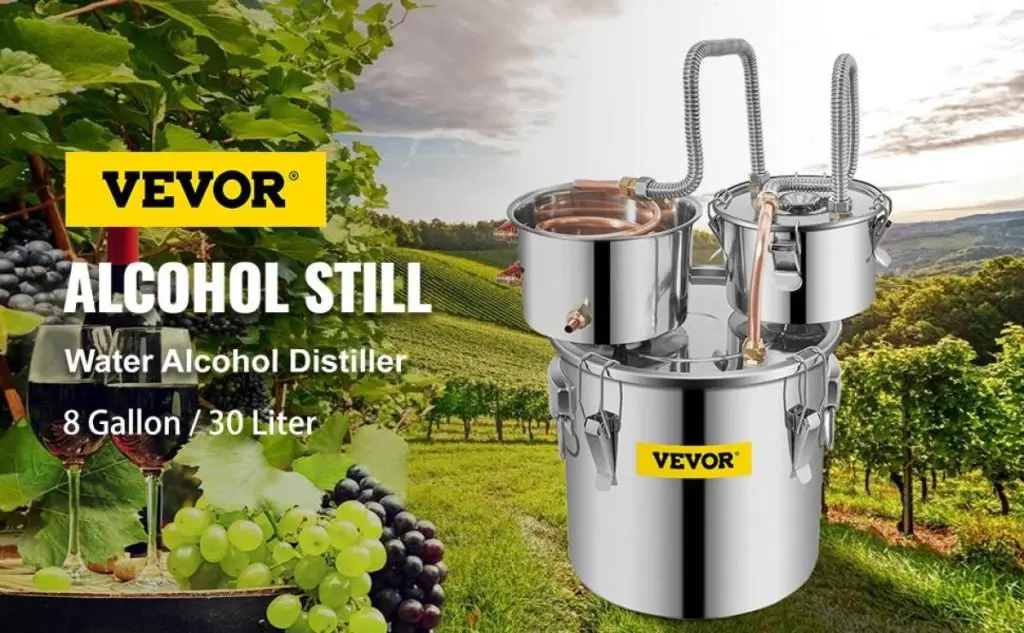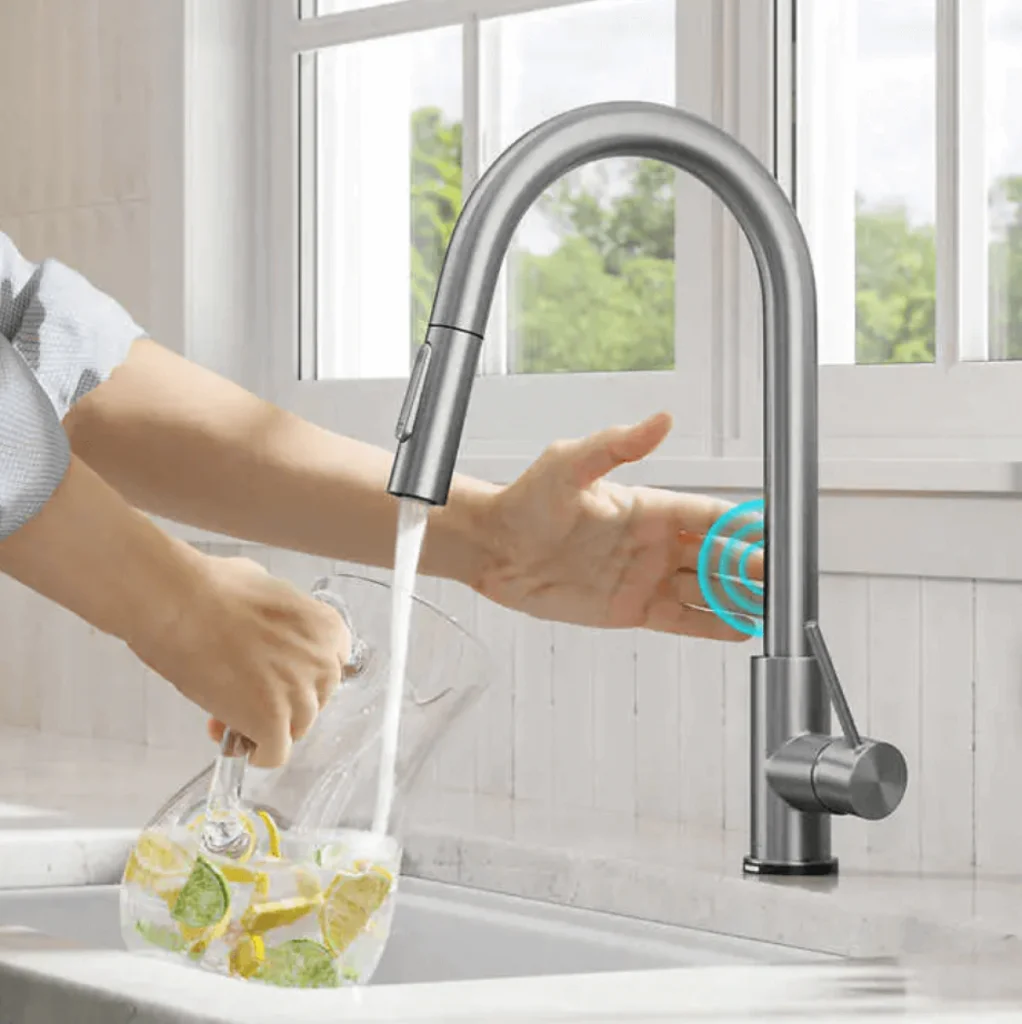If you’ve ever found yourself faced with the dilemma of an ice maker not making ice, you’re not alone. This common issue can cause a significant inconvenience, especially during the warm summer months when a refreshing icy drink is most needed. Whether it’s a standalone ice machine or a feature in your refrigerator, it’s crucial that it’s working properly for those moments when you need it the most.
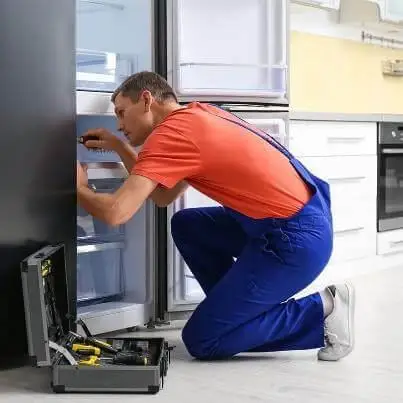
Understanding why your ice machine is not making ice can seem daunting. However, with a little bit of knowledge and troubleshooting, you can often identify the problem and even solve it yourself. In this article, we’ll explore the common causes of an ice maker not working properly. The article will provide practical solutions and offer advice on how to prevent these issues from arising in the future. Let’s dive into the chilly world of ice maker troubleshooting.
Common Causes of an Ice Maker Not Making Ice
When your icemaker not making ice, it can be due to a variety of reasons. Understanding why is my ice maker not making ice is the first step towards finding a solution. Here are some common causes:
1. Ice bin Is Full

If the ice bin is full, the control arm may not trigger the ice maker to make more ice. You may need to remove the ice to resolve this issue.
2. Issues With the Water supply

An icemaker not making ice can often be attributed to issues with the water supply. You should check the water pressure and amount of water in the water line. A low water pressure or inadequate water flow can prevent the ice maker from producing ice.
3. Faulty Water Valve
A faulty water valve can impede the water flow necessary to fill the ice mold. In such a case, you might need to replace the water valve.
4. Clogged or Damaged Water filter
If the water filter is clogged, it may restrict the water flow to the ice tray, thus causing the ice maker to stop producing ice cubes.
5. In appropriate Freezer temperature

The freezer temperature must be set between 0°F (-18°C) and 5°F (-15°C) for the ice maker to work properly. If it’s too high, the water inlet valve might not get the signal to fill the ice mold.
6. Ice mold

If the ice mold where the ice cubes are formed is damaged, your ice maker won’t be able to produce ice.
By understanding these common causes, you can determine why your icemaker not making ice and take the necessary steps to solve the problem.
Solutions for an Ice Machine Not Making Ice
If you find yourself asking, “Why is my ice maker not making ice?” it’s time to explore some potential solutions.
1. Check the Ice Bin

One of the simplest reasons your ice maker might not be working is because the ice bin is full. The control arm, which is responsible for triggering the ice-making process, can’t function properly if the bin is overflowing. In such a case, simply remove the ice from the bin, ensuring it’s not overfilled. This can often restart the ice production process.
2. Inspect the Water Line
A kinked or frozen water line can disrupt the flow of water to your ice maker. Inspect the line to ensure it is clear and functioning correctly. If you find it is frozen, you can use a hairdryer on a low heat setting to gently thaw it. Be sure to unplug your refrigerator before attempting this to avoid any potential electrical hazards.
3. Check the Control Arm
The control arm is a crucial component of your ice machine, as it signals when to start and stop making ice based on the level of ice in the bin. If the arm is stuck in the ‘up’ position, it will prevent ice production. Ensure it can move freely, and is not blocked or damaged.
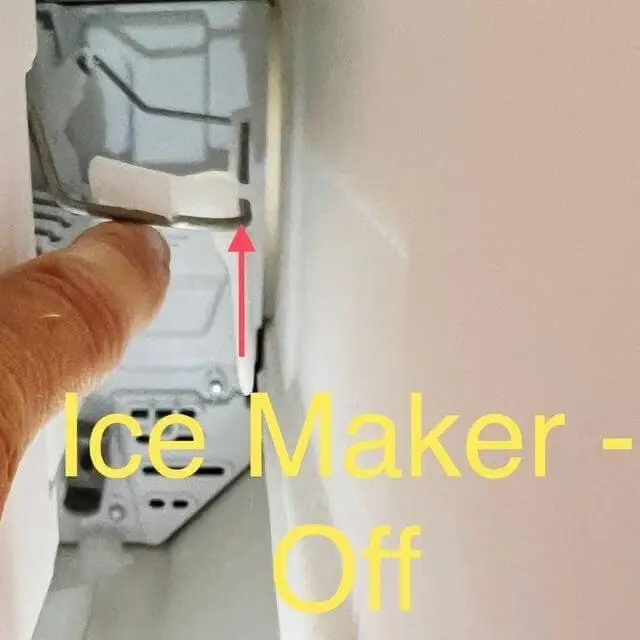
4. Replace the Water Valve
If after you check the water supply and everything seems fine, but you still wonder, “Why is my ice maker not making ice?”, the issue could lie with the water valve. This valve controls the amount of water that goes into the ice maker. If it’s faulty, it won’t release the necessary amount of water to the ice mold, and you’ll need to replace the water valve.
5. Check the Water Inlet Valve
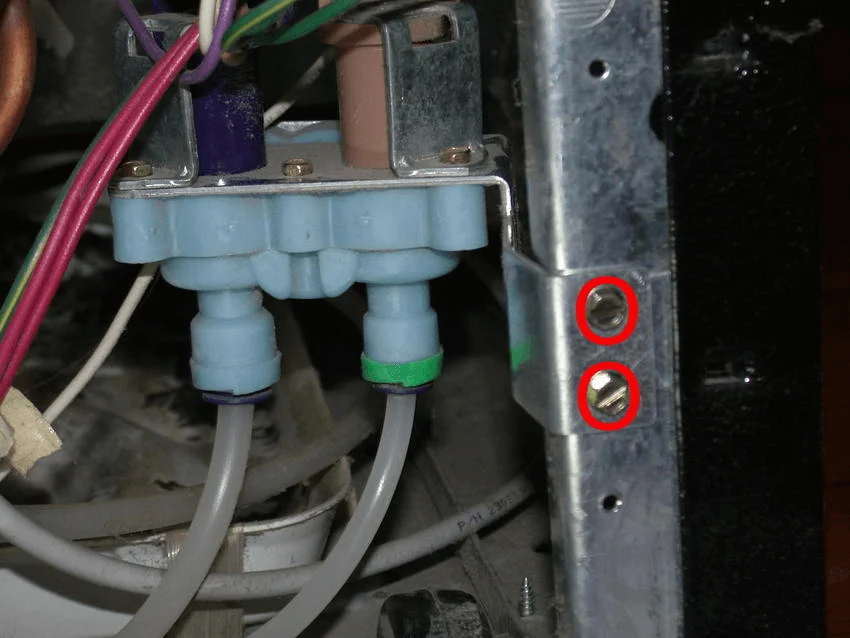
The water inlet valve is responsible for supplying water from the water line to the ice maker. If it’s defective or has insufficient pressure, it won’t allow water to flow through. Typically, a minimum of 20 psi is required. If the water pressure is sufficient, but water isn’t reaching the ice maker, the water inlet valve might be defective and need replacement.
6. Inspect the Ice Tray
The ice tray, or mold, is where the water freezes into ice. If it’s damaged or cracked, water can leak out and ice won’t form properly. In this case, you’ll need to replace the ice tray.
7. Thermostat Check
The thermostat in your ice machine must be functioning properly to trigger the start of an ice-making cycle. If the thermostat is defective, the ice maker won’t make ice. Using a multimeter, you can test the thermostat for continuity. If the thermostat doesn’t have continuity at around 15°F, replace it.
8. Examine the Ice Maker Assembly
In some cases, individual components of the ice maker assembly can malfunction. However, it can be difficult to isolate the exact part causing the issue. If you’ve determined that the ice maker is receiving power and the other parts seem to be in working order, you may need to replace the entire ice maker assembly.
Remember, if your ice maker won’t work after trying these solutions, it may be time to call a professional. While it’s often possible to solve the problem yourself, sometimes an expert’s touch is needed. After all, the goal is a smoothly functioning machine that’s ready to deliver the ice you need, when you need it.
VEVOR- The Trouble-Free Ice Maker

Introducing the VEVOR Ice Maker, your ultimate trouble-free solution for consistent ice production. With its cutting-edge technology and user-friendly design, the VEVOR Ice Maker ensures that you never run out of ice when you need it most. Say goodbye to the frustration of a malfunctioning ice machine and hello to hassle-free ice production.
Equipped with an efficient water supply system, this innovative appliance delivers a steady stream of crystal-clear ice cubes in no time. It tackles common issues head-on, such as insufficient water flow or frozen supply lines, ensuring uninterrupted ice production. Experience the convenience and reliability of the VEVOR Stainless Steel Ice Maker, and never worry about a lack of ice again.
Measures to Avoid Ice Maker Issues
Are you tired of asking, “Why is my ice maker not making ice?” or frustrated with an ice machine that’s not producing ice when you need it? Don’t fret! By implementing a few preventive measures, you can save yourself from the hassle and ensure a smoothly functioning ice maker. Here are some essential steps to follow:
1. Regular Cleaning
Regularly cleaning your ice maker prevents the buildup of mineral deposits and bacteria, which can impede ice production. Follow the manufacturer’s instructions for proper cleaning techniques.
2. Water Filter Maintenance
Replace the water filter at recommended intervals. A clogged or dirty filter can restrict water flow, resulting in reduced ice production.
3. Optimal Freezer Temperature
Keep your freezer temperature set at the recommended level (around 0°F or -18°C). A warmer freezer can hinder the ice-making process.
4. Avoid Overloading
Do not overload your ice maker with excessive ice demands. This can strain the machine and affect its performance. Allow sufficient time for the ice maker to produce a new batch before expecting more ice.
5. Timely Repairs
If you notice any signs of trouble, such as reduced ice production or unusual noises, address them promptly. Timely repairs can prevent minor issues from escalating into major problems.
By following these preventive measures, you can maintain your ice maker’s optimal performance and avoid frustrating moments of an ice machine not making ice. Remember, a little care and attention go a long way in ensuring a trouble-free ice-making experience.
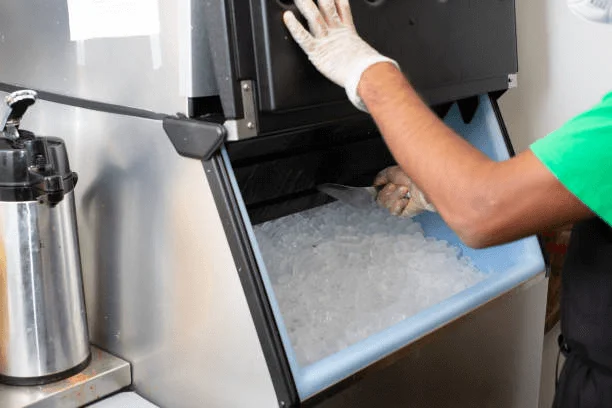
FAQs About Troubleshooting the Ice Maker Not Working Trouble
1. Why is my ice Machine not making ice even though the water supply seems fine?
If the water supply is fine, check the water inlet valve. It might be defective or have insufficient pressure, preventing water from reaching the ice maker. Consider replacing the water inlet valve if necessary.
2. Can a damaged ice tray affect ice production?
Yes, a damaged or cracked ice tray can cause water leakage, resulting in improper ice formation. If the ice tray is damaged, it should be replaced to ensure proper ice production.
3. What should I do if none of the troubleshooting steps work?
If the ice maker still doesn’t work after trying the suggested solutions, it may be time to seek professional help. A technician can diagnose and fix any underlying issues that are preventing ice production.
Conclusion
When faced with an ice maker not making ice, it’s important to troubleshoot the common causes and try the recommended solutions. Simple steps like checking the ice bin, water line, control arm, and water valve can often resolve the issue. However, if the problem persists or seems more complex, professional assistance may be required. Regular maintenance, optimal freezer temperature, and avoiding overloading the ice maker can help prevent future problems.
By following these guidelines, you can enjoy a trouble-free ice-making experience and ensure a steady supply of refreshing ice whenever you need it.




